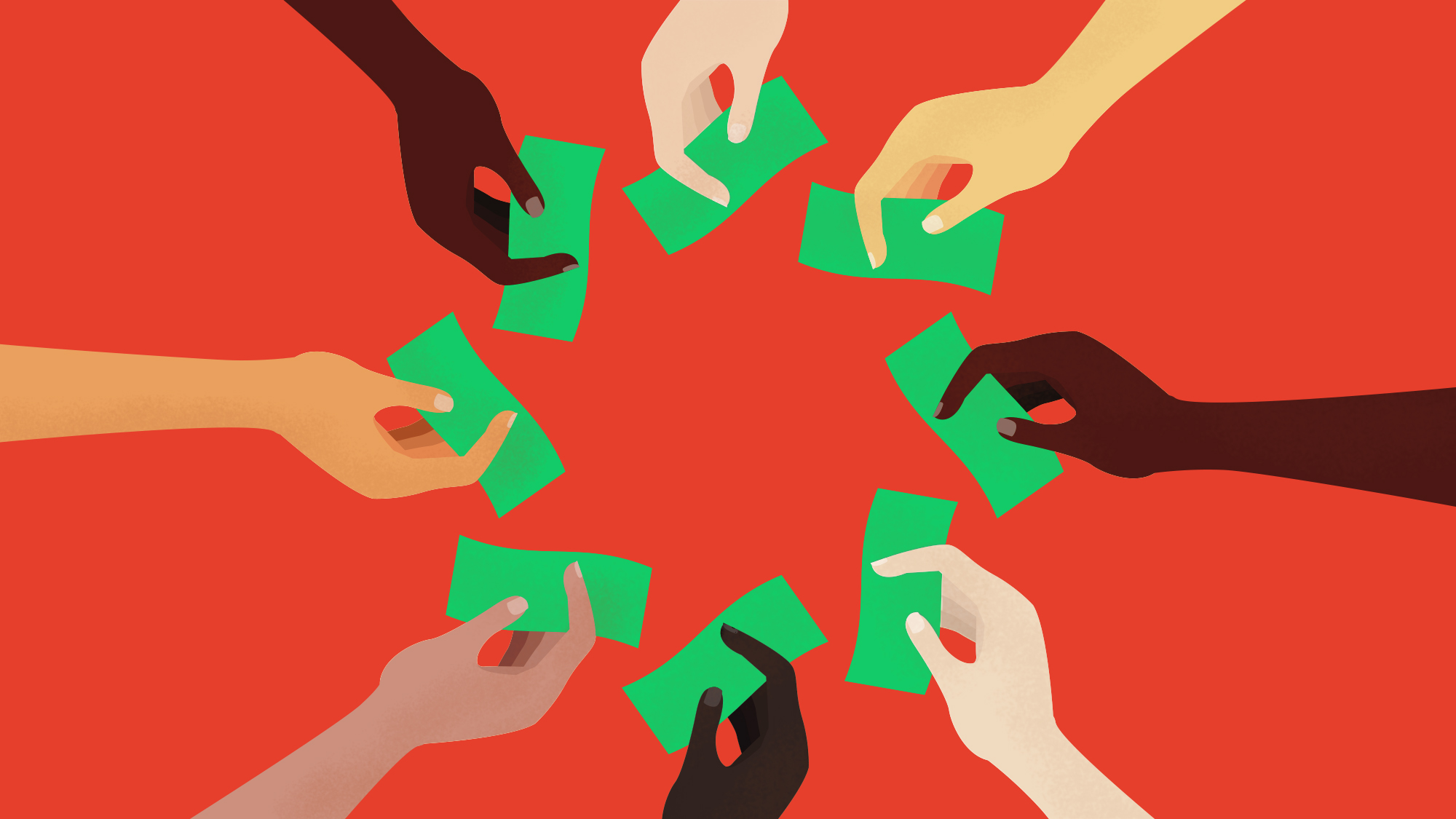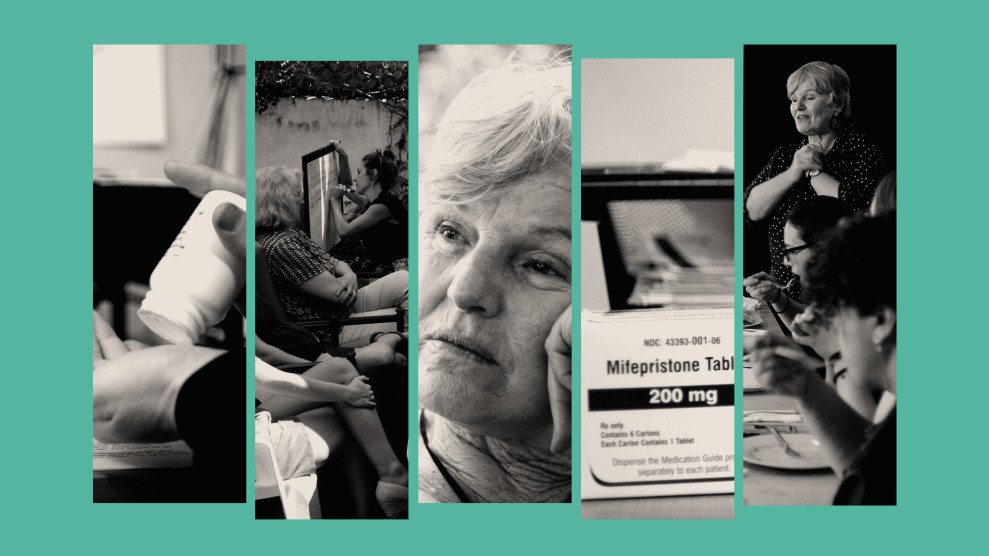A cool thing about researching something is how learning new facts can change your mind.
Hi. I’m Brian, and I lead the online membership work at Mother Jones, finding ways to connect with you all and asking you to support our journalism from time to time.
Like right now, for Giving Tuesday, and I hope you’ll consider pitching in to help make our nonprofit reporting possible. But I have to admit, Giving Tuesday has always felt a bit weird to me.
I’m not sure exactly how I became an online fundraiser. It’s not like I decided to in college or after getting a masterpiece in my inbox, like Barack Obama’s legendary “hey” email. But I did, and I’ve been doing online work for nonprofits since way before Giving Tuesday was a thing, before Twitter blew up at SXSW, and before Facebook opened up outside of college campuses.
Oh look, I thought, another shiny object, probably meant for PR and big funders or corporate sponsors to latch onto, and that isn’t going to drive results in a big way. Every fundraiser knows that December is the most important month for online giving; that the lion’s share of donations come in during the final 10 days of the year; and that December 31st is the biggest day for online fundraising. It’s my field’s Super Bowl Sunday, and who does this Tuesday after Thanksgiving even think it is barging in like it owns the place?
I was a lot like this guy, who poo-pooed Giving Tuesday’s debut, and questioned its theory of change the next year. I was also wrong!
In 2018, after MoJo Editor-in-Chief Clara Jeffery spent Thanksgiving home alone with a nasty flu, watching people fight over flatscreens in the news, she started tweeting out DonorsChoose campaigns and raised $130,000 for public school teachers to meet their students’ needs across the country—they funded tables, washing machines, and drum kits. A few days later, on Giving Tuesday, she went on an epic 31-message twitter thread asking for donations to Mother Jones and holy sh*t people responded. I was getting lunch at a deli known for its fresh sourdough when I started seeing the donations pour in, and I remember that day every time I go back.
You can’t fight with results like Clara’s. And last week, I looked into Giving Tuesday’s genesis a bit more, and it’s a pretty great story.
“The first Giving Tuesday started in 2012 to fight against Thanksgiving’s commercial corruption,” according to Fast Company‘s conversation with the day’s founder, Asha Curran, who was then with the 92nd Street Y in New York City. Sign me up for that! “The very basic premise of it was,” Curran asks, “could we turn people’s attention from two days of consuming to a day of giving?” That, it turns out, is exactly what Clara had done.
Curran intentionally didn’t brand Giving Tuesday as coming from the 92nd Street Y, as Vox writes in this great explainer, and made advice and resources available to any nonprofit that wanted in on the initiative. That was egoless and smart, and really helped smaller nonprofits that don’t have fundraisers in house or the ability to be seen by a critical mass of donors on their own. The day has spread globally to countries that don’t even do the whole Black Friday–Cyber Monday thing.
One of the great things about working for Mother Jones is that there’s almost always something we’ve written on a topic at hand, and this feature from 2006 on how to avoid environmental catastrophe uses a study from the Max Planck Institute to show that, “clearly, we are inclined to behave as better citizens when we are educated and when our actions are visible.” Something, everything, about 2020 has me appreciating collective action like that right now.
I love seeing results, too. Last year, in its eighth iteration, Giving Tuesday raised nearly $2 billion worldwide! That’s a fraction of the total—Americans alone gave $450 billion in 2019—in philanthropy, so Giving Tuesday is not a true gamechanger, but in my book, anything that boosts generosity and makes it visible (let’s not talk about why so many social services are forced to rely on charity today) is worth getting on board with.
The second half of December and the 31st itself will always have my fundraising heart (palpitations and all), but Giving Tuesday is pretty all right too—and I’d be delighted if you celebrated it with me by supporting Mother Jones with a Giving Tuesday donation today.












